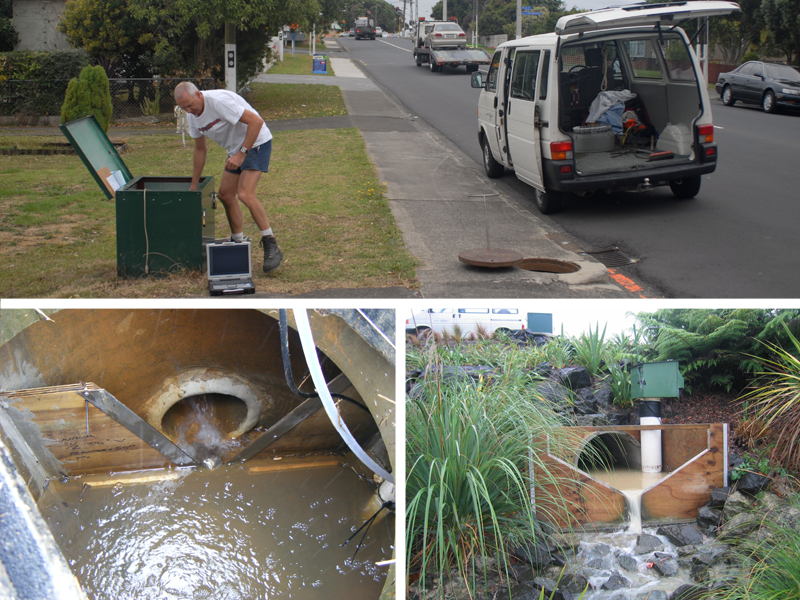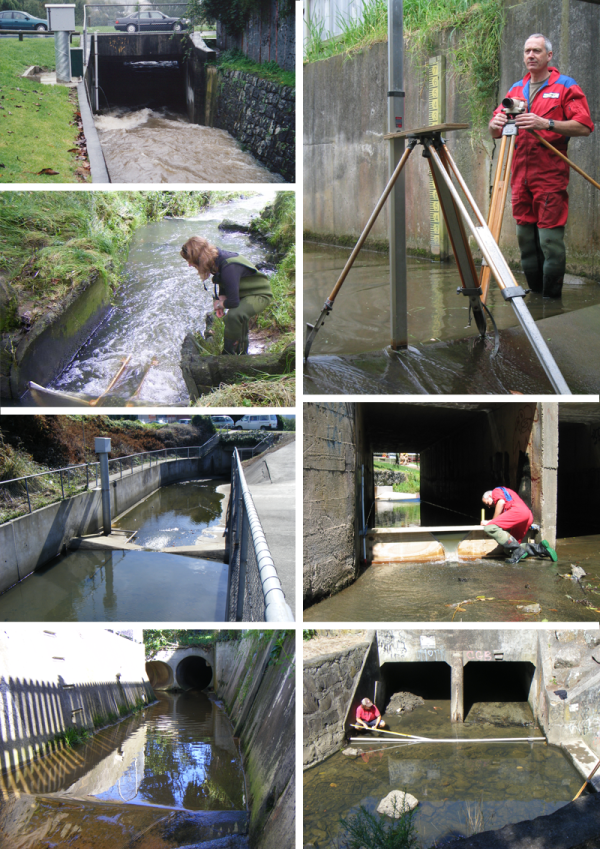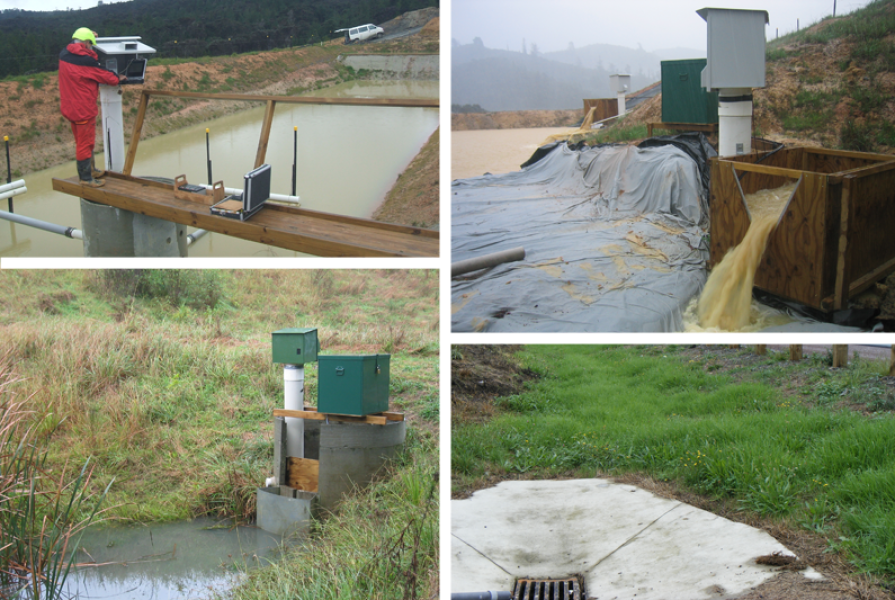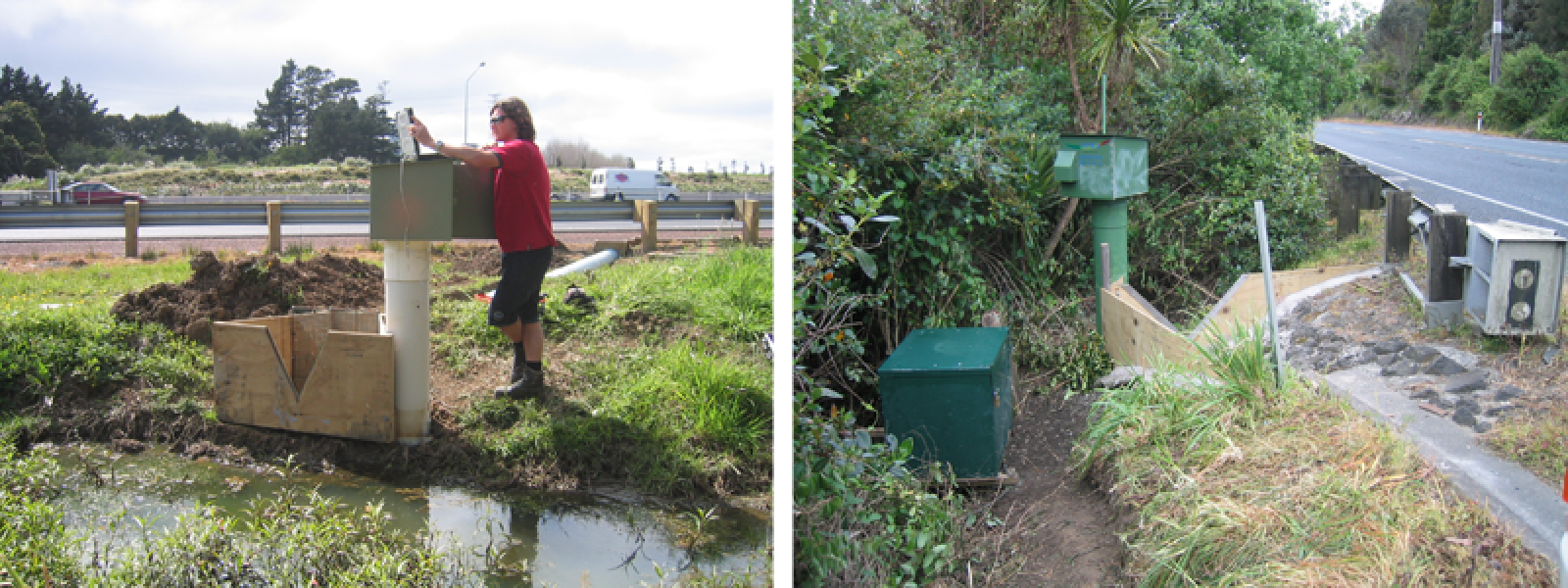Urban drainage systems include pipe networks, streams and rivers, often in a highly modified condition.
The measurement of flows in urban pipe networks and open channels can be required for a number of reasons, such as:
- to help assess and manage flood risk
- to monitor the effects of urban development and infrastructure projects on stream flow
- to trigger the collection of water samples, as part of characterising stormwater quality and assessing the performance of stormwater treatment devices.
The characteristics of urban drainage systems present a number of challenges for hydrological monitoring. Catchments are small and flows can be both intermittent and relatively low compared to rural streams and rivers. Runoff response to rainfall is rapid, resulting in high velocities and turbulent conditions at drainage outfalls. In other situations, flows can be diffuse or follow multiple paths. Uncertainty over connections in underground drainage networks can restrict the selection of suitable monitoring sites while equipment installation and operation is often hampered by restrictive working environments.
NIWA's urban hydrologists have the specialist expertise required to deal with these challenges, both in terms of developing monitoring designs and selecting and deploying instrumentation. NIWA's instrument systems group supplies and supports a range of hydrological monitoring instrumentation suitable for both open channel and pipe systems.
More information about our instrument systems group
Examples of NIWA's experience in urban hydrological monitoring include the measurement of flows:
- in stormwater networks, for example as part of characterising stormwater quality in areas of different urban land use
- in urban streams, for example Oakley Creek in Auckland, where temporary weirs installed to help assess the potential effects of motorway construction on low flows have been fitted with fish passes to allow the migration of native fish species
- entering and leaving stormwater treatment devices (such as sediment retention ponds, stormwater quality ponds, grass swales, rain gardens and filtration devices) in order to assess the performance of these devices
- discharged from roads, in order to help assess the levels of pollutants such as copper, zinc and hydrocarbons present in road runoff.
For further information on our urban hydrological monitoring services please contact [email protected].




